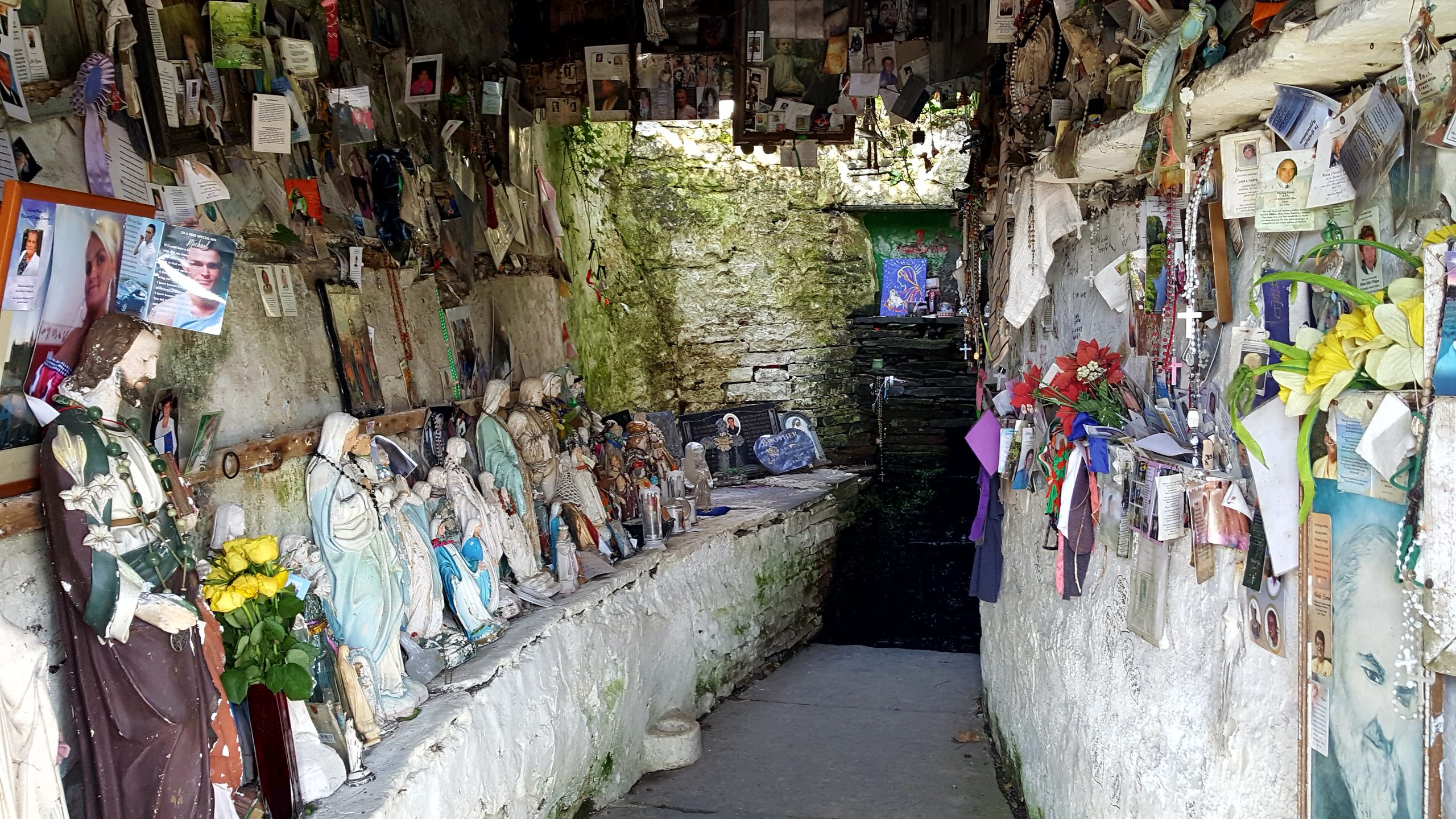
Spirituality is at the ancient heart of Ireland – a spirituality at once chimeral and tangible, a profound blend of pagan beliefs and traditions that have survived scores of millennia, coupled with a Catholic narrative deeply imbedded in the country’s psyche. This is syncretism at its most elemental, in which the mysterious is as likely manifested in the sidhe, the fairy folk, as in the patron saint. Indeed, these are not necessarily mutually exclusive concepts, but are easily entwined. That the early, polytheistic system comes down through the ages at all and is not lost to the mists of time, is in large part due to the early Christian settling of Ireland beginning with Patrick in the 5th century. His followers and their followers through the generations included literate, European-trained monks who dispersed throughout the country. Eleventh, 12th, 13th century monasteries are not quite as common as cattle around here, but nearly so. Many monks also chose to live in seclusion, in beehive huts that are also scattered across the Irish landscape. They wrote or transcribed sacred Catholic texts, absolutely, but they were also the Matthews and Lukes of a pagan land, committing to writing the oral traditions of the Irish people of the region. And so today exists virtually hundreds of texts that chronicle the religious and secular origins of this country – the gods, the goddesses, the battles, the invasions, the traditions, the alliances, the loves, the myths. It’s really quite remarkable, the breadth of what has come down through time to us today. Yet because the chroniclers were Catholic clergy, it is widely understood that the texts had peculiarly Christian moral and biblical twists not part of the original story-telling. Where one begins and the other leaves off is truly lost to the mists of time. And so syncretism began all that time ago, leaving today this blended spirituality.
To me, nowhere is this concept more clearly manifested than in the holy wells that are scattered the breadth and depth of Ireland – more than 3,000 in all. They are as common as monasteries here in County Clare, or so I’ve been told, and I have personally been to about a dozen so far. I am very much a beginning student of Irish syncretism, and have barely a thimbleful of knowledge that many spend a lifetime acquiring. With that as a caveat, it is clear that wells were held sacred by the early Irish. In Irish literature and myth, wells and springs were seen as flowing from and conduits to The Otherworld, the place where resided the gods and goddesses. Unlike other polytheistic and monotheistic traditions that looked above for the home of the deity/ies (think Mount Olympus or heaven), the Irish texts indicate the Irish looked below. The well waters – and indeed all waters in Ireland — were considered uniquely feminine; the wells themselves were guarded by maidens who were often depicted as offering food and water from the well to those who came to these sacred places. As Catholicism took hold, these wells that I imagine people had visited for centuries and more were gradually subsumed into a defined saintly hierarchy.
A case in point is that of Brigid, an important Irish goddess who morphed into one of the most revered saints in all of the country. In “Cormac’s Glossary,” ascribed to 10th century bishop and Irish king Cormac mac Cuilennain, Brigid was “the goddess whom poets adored,” and she had two sisters, Brigid the healer and Brigid the blacksmith. By the Middle Ages, St. Brigid of Kildare had assumed almost mythic proportions in her own right. She was in this manifestation a nun who founded convents throughout Ireland, and has become as revered as Patrick himself. Indeed, the church next door to me in tiny Corofin is St. Bridget’s. And so we have this syncretic mix of myth, tradition and beliefs blending and swirling like the ripples on the surface of a lake to create this one particular thread of the weave of Irish spirituality.
Perhaps not surprisingly, wells to Brigid are chock-a-block here in Ireland. There is one not too far from here in Liscannor – as you will see in the lead photo for this blog. The Christian reverence for her is undeniable, as depicted in the iconography that is everywhere in evidence there. Head just outside, though, and you will find trees laden with “clooties” – bits of fabric that have been tied to them. Dipped in the well water, these are thought to have curative powers, a tradition believed to have its origin in pre-Christian times when supplicants came to ask the goddesses and gods for a good harvest or a cure for an illness or safe passage for the beloved dead. No doubt today’s largely Catholic supplicants make similar requests. Superstitious? The purely logical among you will undoubtedly nod your head. But there is too much of the unknown in this world for me to be counted among those ranks.
So imagine my surprise and delight when I discovered a local female deity/saint right here in North Clare. Corofin is lucky to have a resident historian, Michael Mac Mahon, who has written a most excellent book on this region’s past, “The Parish of Corofin, a Historical Profile.” (Most excellent to me, of course, a bit of a history nut.) In it, we learn that this area was settled by the Ui Fidgeinte, the tribe of Fidgente, a Limerick-based group that flourished from 300-900CE. This tribe venerated the female deity Inion Bhaoith (pronounced Inon Bui), who eventually was transformed by the Catholic narrative to become St. Inion. Mac Mahon writes, “Divested of the cloak of Christianity, Inion Bhaoith appears to belong to an older world of pre-Christian ritual connected with agricultural prosperity.” He has identified 17 holy wells to her right in this region. “Considering that water is one of the elements fundamental in the maintenance of human life and that wells and springs were sacred objects long before Christianity consecrated them to…various saints, the numerous holy wells dedicated to her seem to affirm her role as a nurturing fertility goddess who could significantly influence the agricultural cycle,” he wrote. Her following continued right into the Christianization of St. Inion, and through the generations until her worship began to wane in the 19th century. Says Mac Mahon, no longer are local girls named Innerwee, a variation of Inion Bhaoith, but it was once a popular name in these parts. Not long ago, I discovered one of her wells in an obscure region of the Burren. You will see a photo of it at the end of this blog. Unprepossessing, the well is protected by a circle of stone, bare except for two pieces of small statuary. I’ve been back several times, once leaving behind a small Irish apple called a pippin as a way to memorialize her agricultural heritage.
I am very lucky that life brings me to a place and a time to appreciate Irish syncretism – although I am but a pilgrim at the beginning of the journey. I have long felt myself to be a spiritual person, and I’m an amalgam of religious experiences that form who I am now in my early elder years. Raised a Catholic, I spent half my life railing against it as only a person not fully matured can rail against the religion of their youth. I still have intellectual, political and moral issues with the Vatican, but I have come to a broader understanding. I see the deep faith of family members and others I know, and I accept – I hope with grace and respect – that their spiritual path nourishes them. I come to this understanding in no small part because I am a Unitarian Universalist, syncretic in its own unique way. On any given Sunday, I could be sitting next to a Christian on one side, an atheist on the other and a Buddhist next to her – all finding sustenance in the service. As one of my ministers once said, and it’s proven a mantra to me, “many paths, one mountain.” It’s difficult to be a Unitarian and carry religious grudges. Most importantly, I have long found the divine in the spirit of a babbling brook, a rustling wind, a fine harvest, the moon. Ireland’s ancient past feels exactly like home to me.
In case I do not write another blog until after the holidays, I want to wish each and every one of you the merriest Christmas, the brightest Solstice, the happiest Hannukah. May the peace and holiness of the season sustain and guide you.
***
I have only scratched the surface of this subject in my blog. For those who want to learn a little bit more, I offer the following references:
If you wish to read some of the ancient texts, the go-to place is this website: http://www.ancienttexts.org/library/celtic/ctexts/index_irish.html
The website, www.duchas.ie, is a gold mine for those who want to learn more about “the lore.” I only know the barest small part of it, but what I know is great “craic” (fun). Go to the “collections” link at the top, and click on The Schools Collection. The government of Ireland in the 1930s asked every schoolchild in Ireland to collect local folklore, by speaking with parents, grandparents and elderly neighbors. In the search function, type in “holy wells,” for instance, or “fairies,” and you can read account upon folklore account from around the country. Some are in Irish, so you’ll need to find the English ones. I first explored duchas in the states, so I know you can access it.
For more information on the clootie: https://en.wikipedia.org/wiki/Clootie_well; https://www.amusingplanet.com/2015/05/clootie-wells-celtic-wishing-trees.html
One of the practices I couldn’t include is “pattern days,” when people gathered at wells on a saint’s feast day. It appears things could get rather rowdy! https://www.irishcultureandcustoms.com/ACustom/PatternDay.html
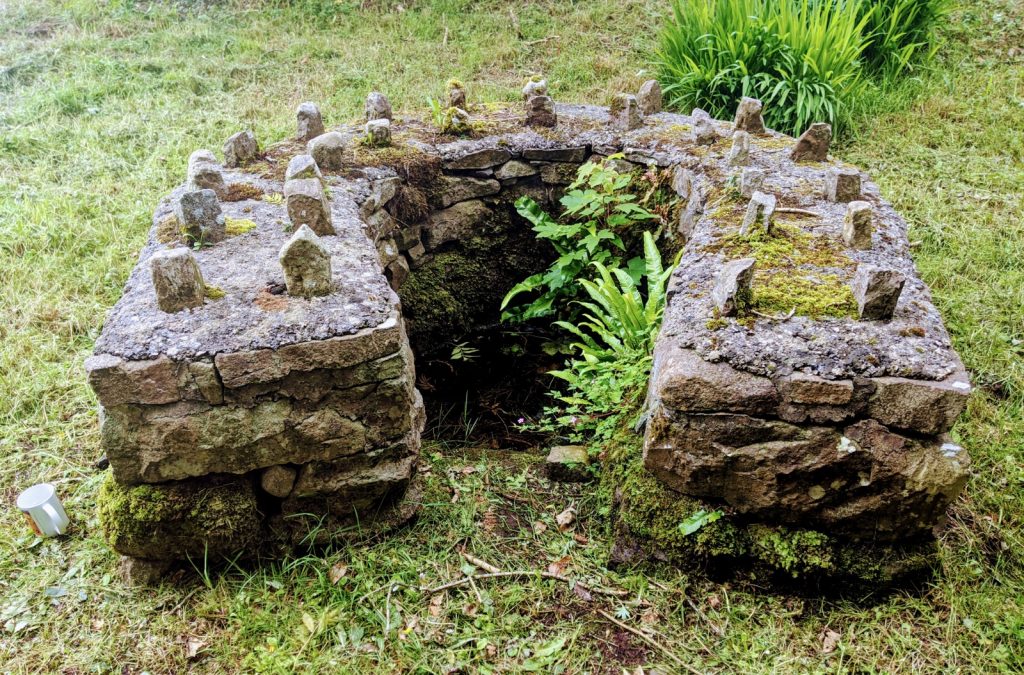
A well in south Galway, its waters are believed to cure eye ailments. 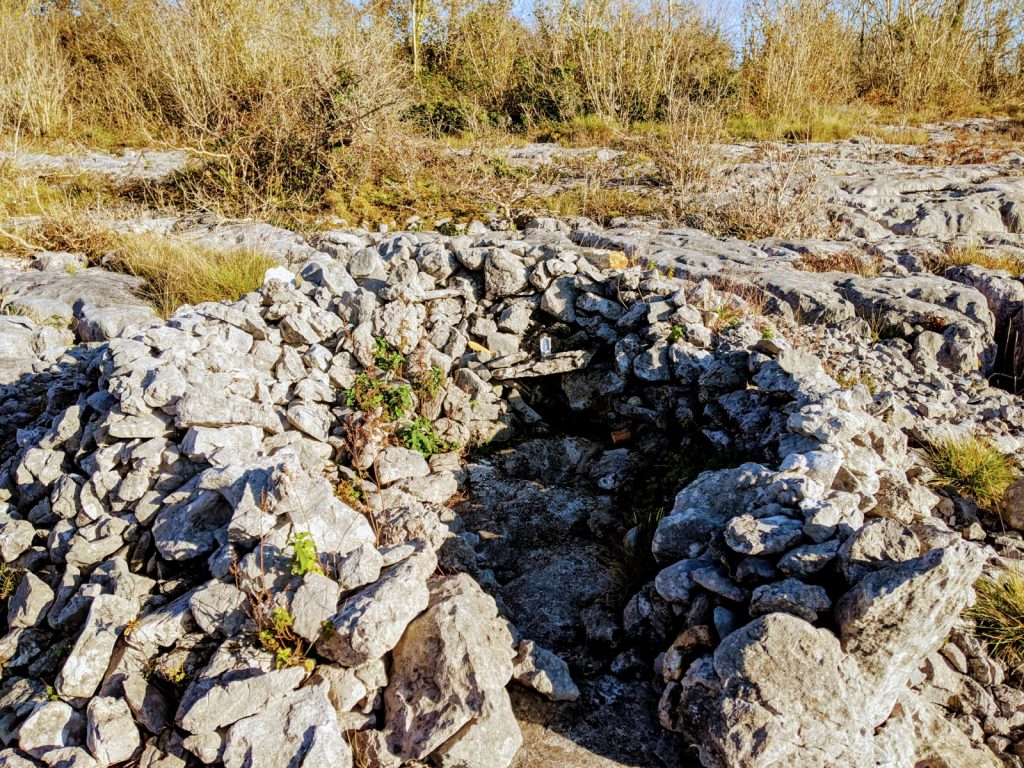
The Inion Bhaoith well in the Burren I visit. 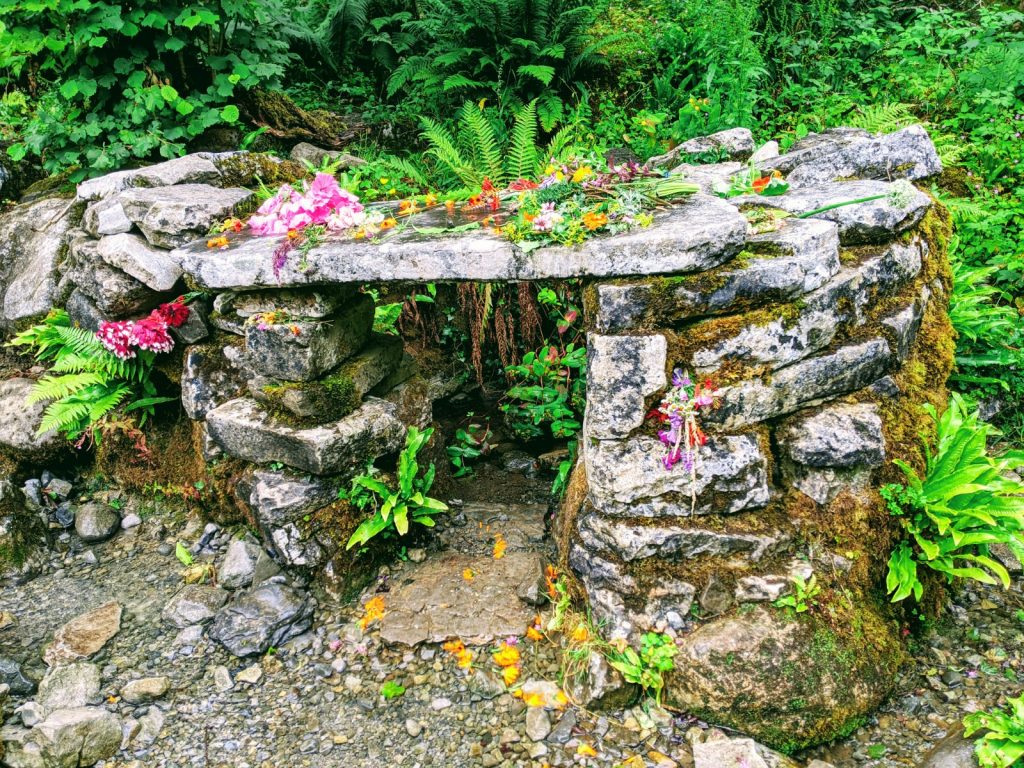
A well at the site of a monastery believed to be founded by the monk Colman Mac Duagh in the Burren 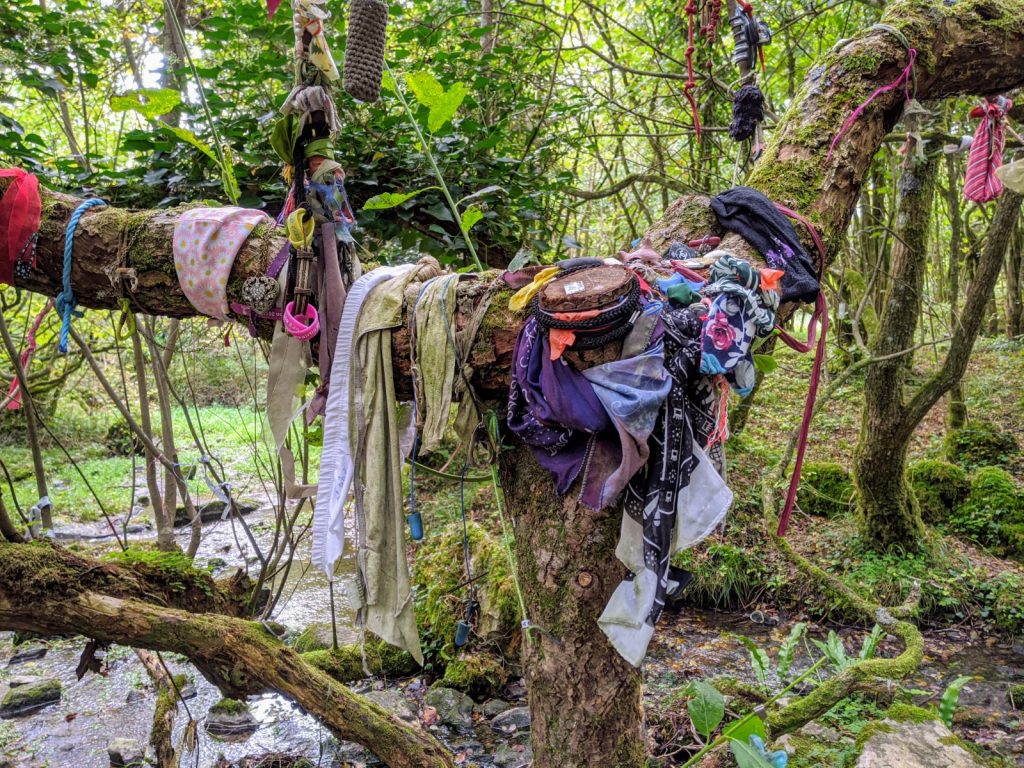
Clooties near the site of a holy well.
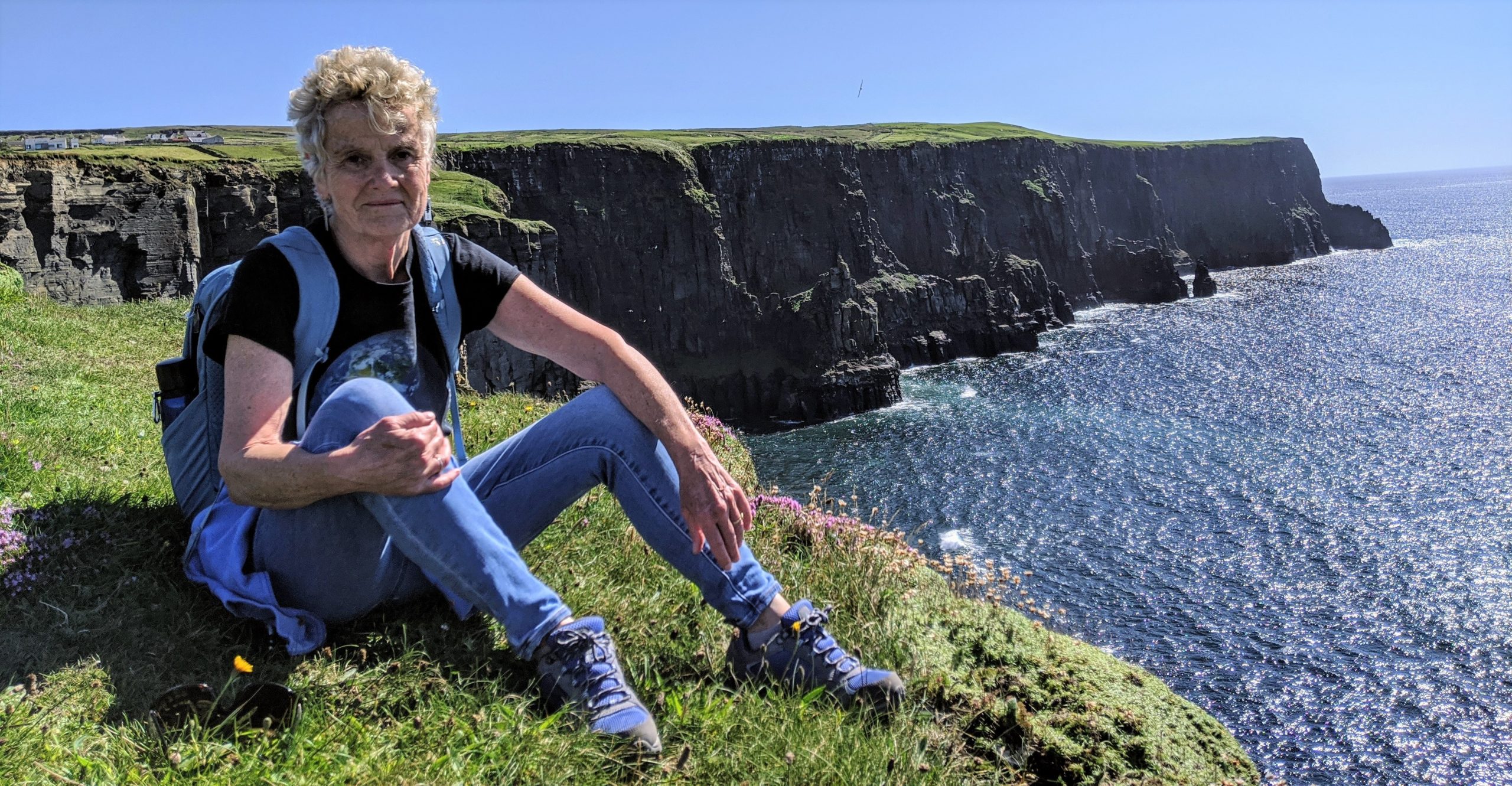
Reader Comments
Another wonderful post Deborah. Thank you from the bottom of my well.
Thank you from the bottom of my well for this post.
Loved this blog. So interesting and informative. Lots of food for the imagination. Enjoy your Christmas in Ireland. We hope the pandemic, which is at its height here and across the country, has avoided you and those around you. Best wishes for a wonderful Irish Christmas.
Marti and Dick Santoro
My favorite part about this piece might just be its date of publication.
Very cool! So soulful to take this ride with your well crafted writing… vagaries are a bit more clear. I share some Celtic roots, but the more recent immigrant, my Italian mother brought with her some similarities. My grandmother practiced stregheria. It was elusive… and they were outwardly practicing Catholics, like you. But periodically, on Sunday afternoon my grandmother would have a visitor and she perform special rituals to help them. Wish I knew more… fascinating. But we have Tomie DiPaolo to leave some legacy! Keep up the great digging…so wonderful to read your experiences and observations ❤️🙏